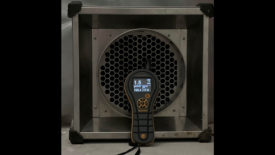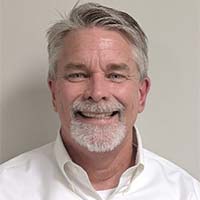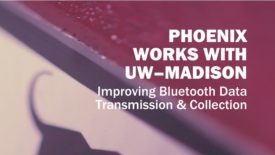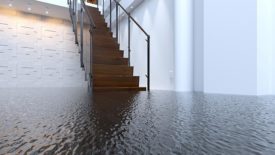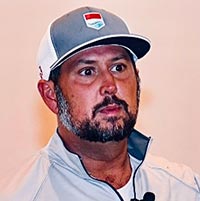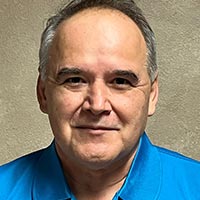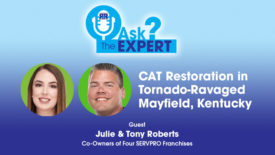Water Damage Restoration
Real Stories: Finding Your Niche in a Competitive Restoration Market
Ask the Expert
April 1, 2022
Real Stories: Scaling CAT Restoration Services With Avelina Lamb
Ask the Expert
March 17, 2022
What Must a Qualified Water Damage Restoration Contractor Possess?
Let’s Start With the ANSI/IICRC Standard of Care
Read More
Get our new eMagazine delivered to your inbox every month.
Stay in the know on the latest disaster restoration and remediation trends.
SUBSCRIBE TODAY!Copyright ©2022. All Rights Reserved BNP Media.
Design, CMS, Hosting & Web Development :: ePublishing
